
TOURING HOT SPRINGS
WASHINGTON AND OREGON
Help Us Keep This Guide Up to Date
Every effort has been made by the author and editors to make this guide as accurate and useful as possible. However, many things can change after a guide is publishedtrails are rerouted, regulations change, facilities come under new management, and so forth.
We would love to hear from you concerning your experiences with this guide and how you feel it could be improved and kept up to date. While we may not be able to respond to all comments and suggestions, we'll take them to heart and we'll also make certain to share them with the author. Please send your comments and suggestions to the following address:
Globe Pequot Press
Reader Response/Editorial Department
246 Goose Lane, Suite 200
Guilford, CT 06437
Or you may e-mail us at:
editorial@falcon.com
Thanks for your input, and happy travels!

An imprint of Rowman & Littlefield
Falcon, FalconGuides, and Outfit Your Mind are registered trademarks of Rowman & Littlefield.
Distributed by NATIONAL BOOK NETWORK
Copyright 2014 by Rowman & Littlefield Previously published by Falcon Publishing Inc. in 2002
All rights reserved. No part of this book may be reproduced in any form or by any electronic or mechanical means, including information storage and retrieval systems, without written permission from the publisher, except by a reviewer who may quote passages in a review.
All photos by Jeff Birkby unless otherwise noted.
British Library Cataloguing-in-Publication Information available
Library of Congress Cataloging-in-Publication Data available
ISBN 978-0-7627-9292-4 (paperback)
 The paper used in this publication meets the minimum requirements of American National Standard for Information SciencesPermanence of Paper for Printed Library Materials, ANSI/ NISO Z39.48-1992.
The paper used in this publication meets the minimum requirements of American National Standard for Information SciencesPermanence of Paper for Printed Library Materials, ANSI/ NISO Z39.48-1992.
The author and Globe Pequot Press assume no liability for accidents happening to, or injuries sustained by, readers who engage in the activities described in this book.
It would not be transcending the truth to state that all diseases are cured or largely benefited by the wonderful energy of these watershealth waits for those who may come and partake of thislife's elixir.
Michael Earles, Sol Duc Hot Springs Resort, 1912
ACKNOWLEDGMENTS
Many of the quirky histories of Washington and Oregon hot springs would never have found their way into this book without the help of dozens of librarians, Forest Service and Bureau of Land Management personnel, museum archivists, and hot springs resort owners. My thanks to all the public servants and private hot springs owners who searched their memories and file cabinets to unearth the quotes and facts that fill these pages.
Thanks also to my many friends and family members who turned what might have been lonely solo trips into joyful adventures to Sol Duc, Breitenbush, Soap Lake, and many other soaking spots during my research for both the first and second editions of this guide.
This second edition is dedicated to my parents, Robert and Evelyn Birkby, who have joined me on many a hot springs trip in the Northwest over the past three decades. I hope I have their energy and vitality when I'm in my 90s!
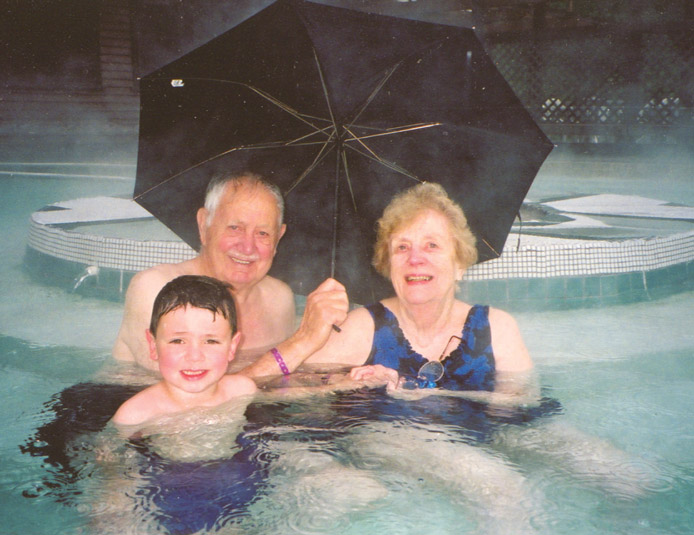
The author's parents and their grandson enjoy a rainy-day soak at Sol Duc Hot Springs on the Olympic Peninsula.
INTRODUCTION
Ask a dozen people on the streets of Portland or Seattle if they've ever been to one of Washington or Oregon's hot springs, and you'll be lucky if you find a single person who can even name one of the region's thermal wonders, let alone one who has soaked there. Most residents of the Pacific Northwest know of the volcanoes that form the Cascade RangeMount Rainier, Mount Baker, Mount Hood, Mount St. Helens, and several others. Few realize, however, that the geologic forces that created the region's volcanoes also left behind dozens of actively bubbling reminders of the tremendous thermal energy that underlies the two states.
The hot springs of Washington and Oregon are as varied as the region's topography. Although many hot springs are sprinkled throughout the Cascade Range, quite a few thermal soaks are also found in the rolling Blue Mountains of Northeast Oregon, the dry southeastern Oregon deserts near the Nevada border, and the rain-drenched valleys of Washington's Olympic Peninsula.
Native American tribes in Washington and Oregon share legends of visiting the hot springs for curing their ills, and most hot springs were viewed as neutral territories where warring tribes could meet in peace to share the hot waters. Early pioneers reported seeing Native Americans building sauna huts on the shores of Soap Lake in central Washington and pouring mineral water from the lake onto heated rocks to create steam in the huts. Native Americans living on what is now the Warm Springs Reservation in north-central Oregon have bathed in local thermal waters for generations.
The first Europeans to see hot springs in Oregon and Washington were probably members of the Astor Expedition, who passed by the bubbling springs at Hot Lake in northeastern Oregon in 1812. Writer Washington Irving later retold these explorers discovery of the region's first hot springs:
Emerging from the chain of Blue Mountains, they descended upon a vast plain, almost a dead level, sixty miles in circumference, of excellent soil, with fine streams meandering through it in every direction, their courses marked out in the wide landscape by serpentine lines of cotton-wood trees, and willows, which fringed their banks, and afforded sustenance to great numbers of beavers and otters.
In traversing this plain, they passed, close to the skirts of the hills, a great pool of water, three hundred yards in circumference, fed by a sulphur spring, about ten feet in diameter, boiling up in one corner. The vapor from this pool was extremely noisome, and tainted the air for a considerable distance. The place was much frequented by elk, which were found in considerable numbers in the adjacent mountains, and their horns, shed in the spring-time, were strewed in every direction around the pond.
By the 1840s thousands of settlers traveling west on the Oregon Trail had stopped at Hot Lake to rest and refresh themselves in the thermal water.
Most of the hot springs in Oregon and Washington had been discovered by the 1880s, and rustic bathhouses had been constructed at several. The peak of the region's hot springs popularity occurred during the first three decades of the twentieth century, when sumptuous resorts and sanitariums were constructed at hot springs throughout the region. Destination resorts built during this period included majestic Sol Duc Hot Springs Hotel on the Olympic Peninsula, the McCredie Springs Hotel in Oregon's Cascade Range, several hot springs resorts near Ashland in southwestern Oregon, and the resort hotels on the shores of central Washington's Soap Lake.
The austerity imposed by World War II, the trend toward modern medical treatments, and several devastating fires led to the decline of Oregon and Washington's most famous resorts. Several of the elegant resort hotels had disappeared by the 1950s, with some, such as McCredie and Olympic Hot Springs, reverting to natural hot springs pools with no visible signs of their glorious resort past. A few of the original resorts from the early 1900s are still in operation, including the Ritter Springs Hotel, near the John Day River in northeastern Oregon, and the corrugated-steel bathhouse at Summer Lake Hot Springs, north of Lakeview, Oregon.
Next page

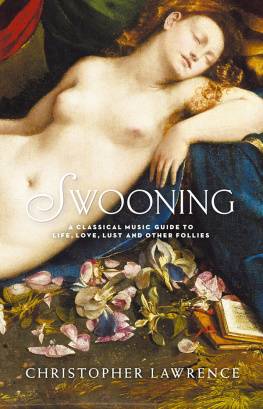
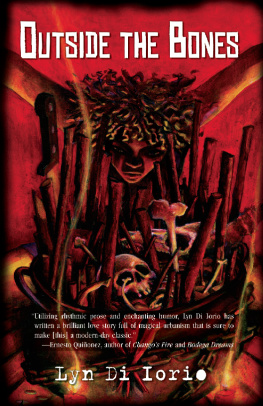

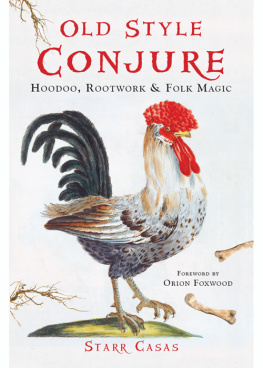

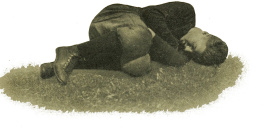
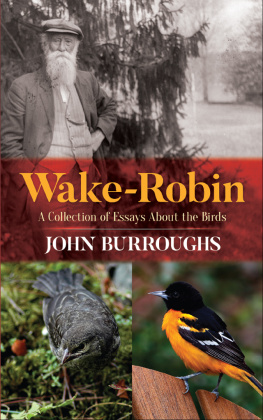


 The paper used in this publication meets the minimum requirements of American National Standard for Information SciencesPermanence of Paper for Printed Library Materials, ANSI/ NISO Z39.48-1992.
The paper used in this publication meets the minimum requirements of American National Standard for Information SciencesPermanence of Paper for Printed Library Materials, ANSI/ NISO Z39.48-1992.